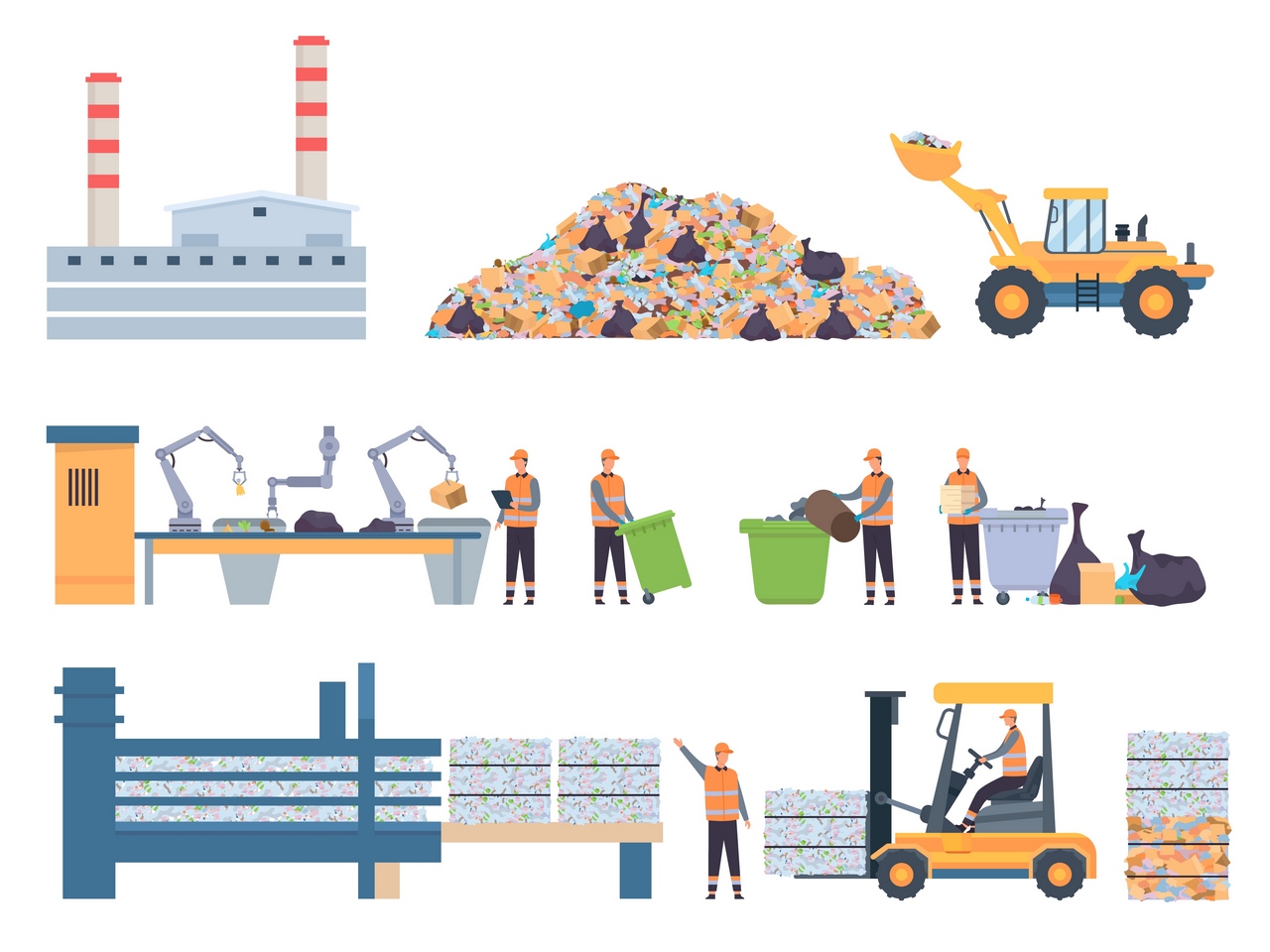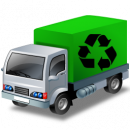Заказать вывоз мусора в компании "Грузон" на выгодных для вас условиях.
Мусор — это все вещи и предметы, которые больше не имеет применения в быту или назначения и от чего нужно избавиться.
Отходы — это то, что выбрасывают, но может быть повторно использовано. Предметы следует рассматривать как мусор только в том случае, если они не могут быть переработаны повторно. Количество производимых отходов и мусора — это растущая проблема, которая влияет не только на окружающую среду, но и на людей. При неправильной утилизации отходы могут загрязнять воду и поглощаться рыбами и другими водными организмами.
Отходы делятся на 5 классов опасности:
- 1 класс опасности - чрезвычайно опасные
- 2 класс опасности - высоко опасные
- 3 класс опасности - умеренно опасные
- 4 класс опасности - малоопасные
- 5 класс опасности - практически не опасные
Что понимается под мусором?
Большинство отходов производства и бытового мусора существуют в твердой форме. Под ними понимается:
- отходы домашнего хозяйства,
- строительные отходы,
- отстой от водоочистных сооружений,
- отходы установок по контролю загрязнения воздуха,
- твердые, жидкие, полутвердые или газообразные материалы.
Примерами твердых отходов могут быть: бумага, картон, текстиль, металл, химические вещества, шприцы и другие отходы медицинских принадлежностей, некоторые лекарства, ртуть из термометров, лампочки и батарейки, пестициды, краски и растворители.
Классификация мусора
1. Отходы производства
Опасные отходы потенциально опасны или вредны для окружающей среды или здоровья человека. Если какой-либо из них образуется на вашем предприятии, необходимо принять меры по их контролю. Очень важно убедиться, что компания, которую вы используете для утилизации каждого из них, имеет право на это. Отходы, которые обнаруживаются в лаборатории включают ацетон, метанол, толуол, ксилол и метиленхлорид, мышьяк, варфарин, нитроглицерин. Некоторые из них обладают другими характерными свойствами, такими как воспламеняемость, коррозионная активность или реакционная способность), и включают ацетон, хлоралгидрат, оксид этилена, формальдегид, ртуть, фенол, резерпин и т.д. Такие отходы подлежат инвентаризации.
2. Твердые сельскохозяйственные отходы представляют собой подкатегорию твердых бытовых отходов и представляют собой отходы, образующиеся в результате выращивания животных и производства или сбора урожая сельскохозяйственных культур или деревьев.
3. Промышленные твердые отходы включают мусор, образующийся в результате промышленных процессов и производства. В эту категорию также входят медицинские отходы.
4. Медицинские отходы — это промышленные твердые отходы, образующиеся при диагностике, лечении или иммунизации людей или животных, в связанных с ними исследованиях или при производстве или тестировании биологических препаратов.
5. Бытовые отходы - отходы потребления (коммунально-бытовые) — это твердые отходы, которые широко образуются всеми слоями населения. В эту категорию входят такие предметы, как батареи, определенные лампочки, в некоторых случаях пестициды и ртутьсодержащее оборудование.
6. Опасные бытовые отходы — это опасные твердые отходы, которые в небольших количествах образуются отдельными домашними хозяйствами по всей стране. В эту категорию входят различные бытовые чистящие средства, краски, растворители и другие химические вещества. Некоторые предметы из этой категории, такие как батареи, лампочки и пестициды, также считаются универсальными отходами.
Компания "Грузон" предлагает на выгодных для вас условиях настоящих профессионалов своего дела, опытных сотрудников, и технику для выполнения работ связанных с вывозом мусора.


